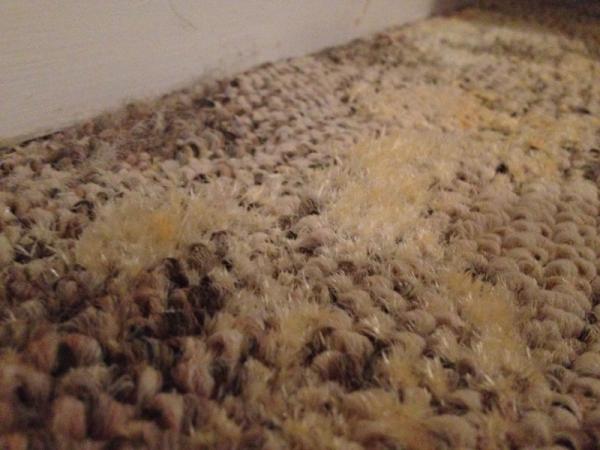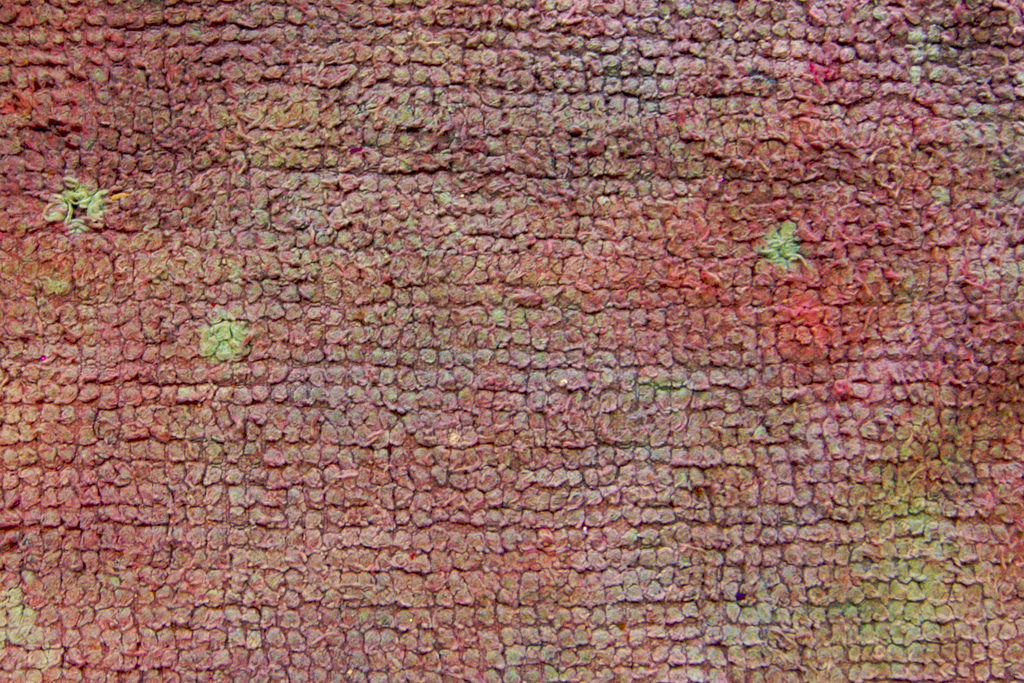Carpets are an area of the home that are susceptible to mould growth. Because of its porous nature, mould can develop pretty quickly if the conditions are right. Moisture, oxygen, and a dirty carpet are all that’s needed in order for mould to grow. Carpets that are at risk of mould growth are those found in moist or damp climates or carpets below ground level such as basements. If carpet has been soaked and is left untreated, it can also encourage mould growth.
Today we’ll be discussing how to get rid of carpet mould and how to prevent these microorganisms from growing in your carpet.
Identifying mould growth in carpets

Sometimes, mould cannot be immediately apparent. Even if it isn’t visible on a carpet’s surface, that doesn’t mean mould growth is not in progress. When mould does become visible, it means that the fungus has become widespread. The following are telltale signs that can help you identify mould growth in your carpets:
- Dark spots and stains. The first and most noticeable sign of mould growth in carpets is having dark spots and stains on the surface. Carpet mould can occur on top of the carpeting or underneath the carpet where it can’t be seen. The latter usually happens when a carpet gets water damaged during a flood or due to water leaks on pipes.
- Musty odour. If there is a musty odour lingering around your carpets, chances are there’s mould growth in progress. However, this foul smell may not be immediately apparent if you spend a lot of time indoors.
- Higher incidence of allergy triggers. If you find yourself constantly sneezing, having teary eyes, and skin rashes, chances are there’s mould growth in your carpets. Mould produces allergens and inhaling mould spores can trigger allergic reactions. Breathing problems can also be attributed to carpet mould especially if you have asthma.
- Damp carpets: Any carpet that has been subjected to standing water is at risk of mould growth. This can happen in as early as 24 hours if the carpet has not been dried properly.
Preventing mould growth in carpets
The best way to combat mould is to inhibit its growth by minimising the conditions it is likely to develop. Here are a couple of ways you can do to prevent mould growth in your carpets.
- Minimise indoor humidity. If you live in areas with high humidity levels, it’s a good idea to invest in a dehumidifier. This helps reduce moisture inside your home and inhibit carpet mould.
- Install carpets in dry areas. Avoid installing carpets on areas of your home with high moisture (i.e. basements and bathrooms). Carpets can quickly turn into a breeding ground full of mould when frequently subjected to high moisture levels.
- Select high quality carpet padding. Some carpets today use solid rubber-slab carpet padding that has antimicrobial properties. It can be more expensive than standard carpets, but the mould-resistance it provides more than makes up for it. Consider this option if you live in a relatively humid environment.
- Prevent standing water. Standing water is one of the main contributors for mould growth. Leaks and spills should be fixed immediately and the carpet should be dried within 24 hours to prevent mould growth. If a large flood occurs, it’s best to contact a professional carpet cleaning service to deal with the water damage. The top and bottom surfaces of the carpet should be cleaned and dried up or you’ll risk ruining your carpets.
Cleaning carpets with mould

If the carpet has severe mould growth, it can be quite difficult to achieve a deep clean. More often than not, it will need replacement. But if small mould spots are your only concern, there are ways to mitigate its spread. A steam-cleaning machine works great for killing mould as well as strong cleaning agents such as bleach. There isn’t much you can to when mould growth has become widespread. If the extent of the damage has become too severe, your carpets will eventually need to be replaced. That’s why it’s important to prevent carpet mould as much as possible to preserve the lifespan of your carpets.
The best way to address severe carpet mould is by contacting a professional carpet cleaning service in Perth. They will assess the condition of your carpet and suggest a solution for removing mould. Professional carpet cleaners use heavy-duty equipment to effectively remove mould growth from even the most infested carpets. They can also determine if there is a possibility for your carpets to be saved.
Conclusion
Carpet mould requires immediate attention. These microorganisms can ruin the look of your carpet, contribute to stale air inside your home, and trigger allergic reactions from family members. By following these steps, you’ll be able to minimise carpet mould and preserve the condition of your carpets.
